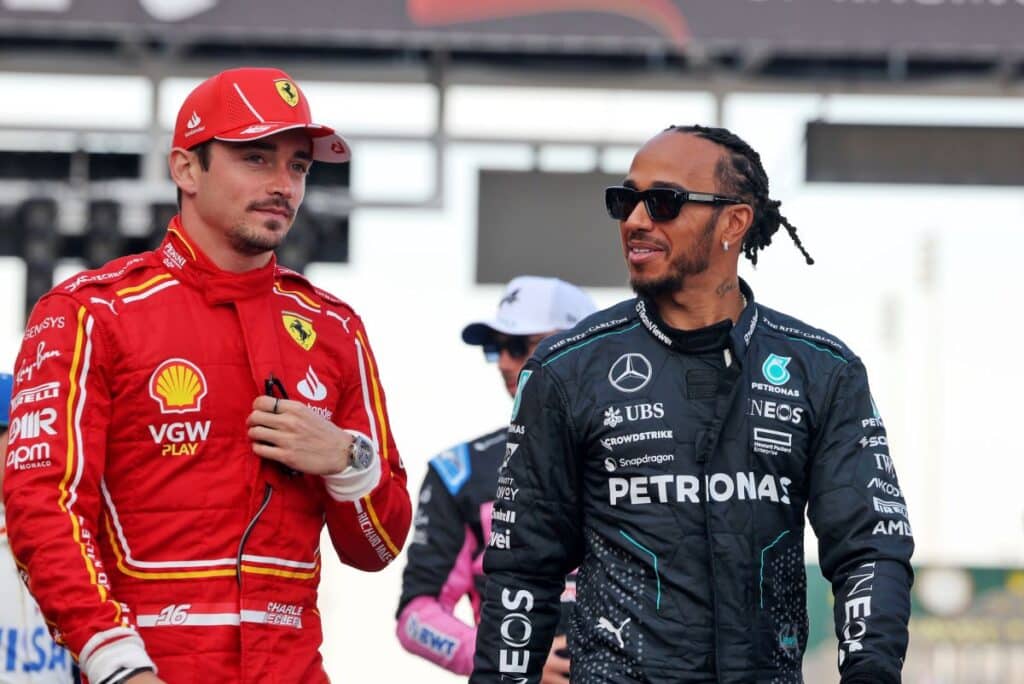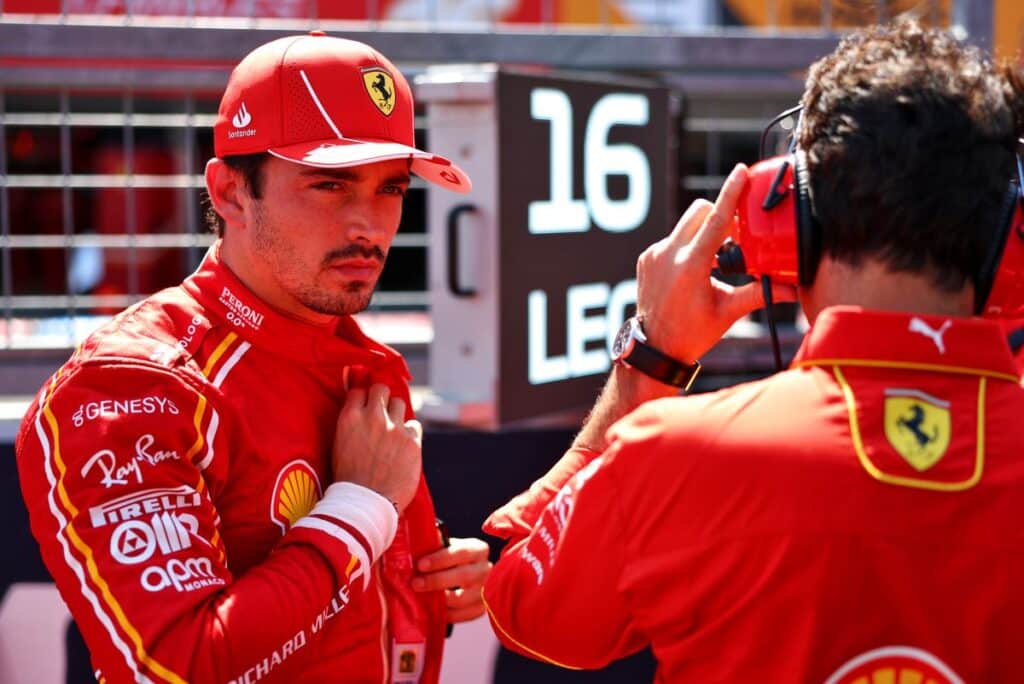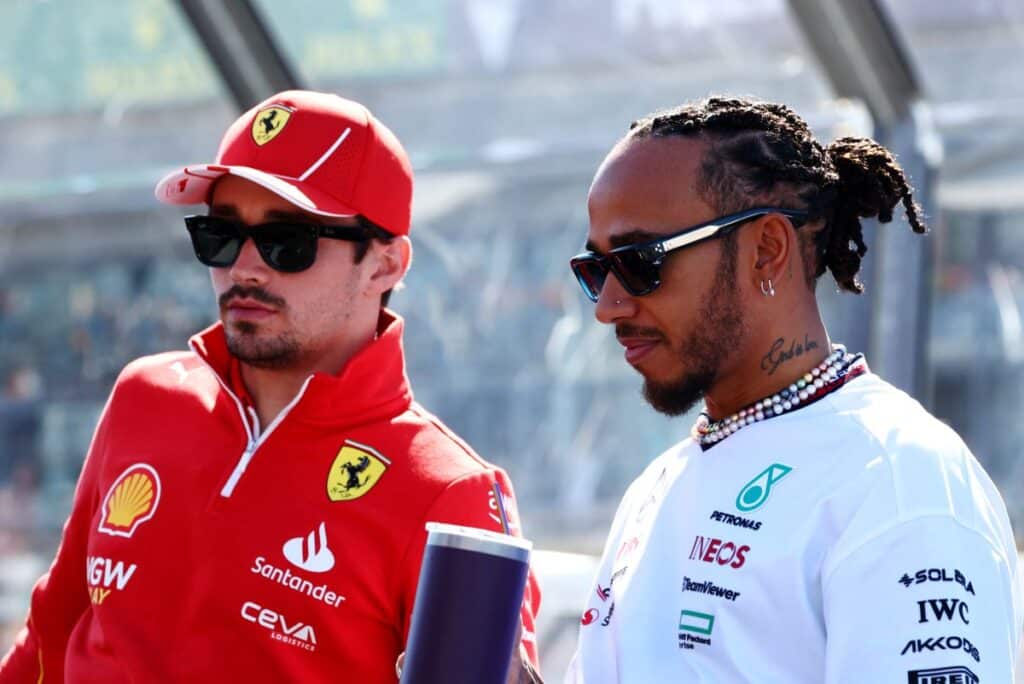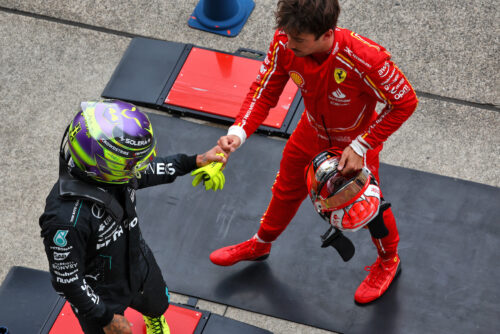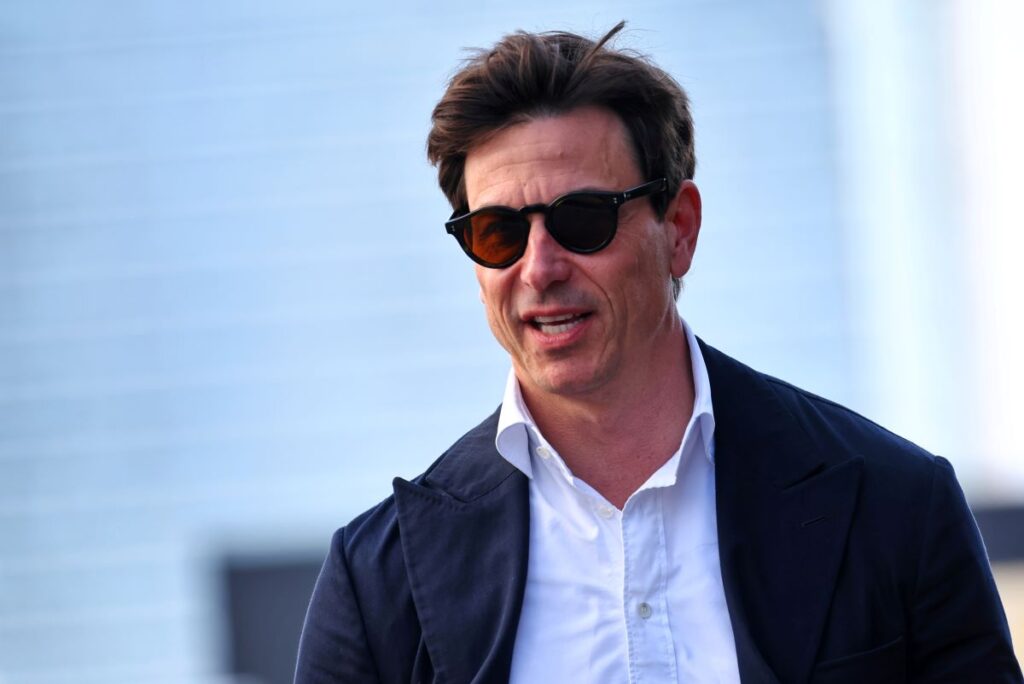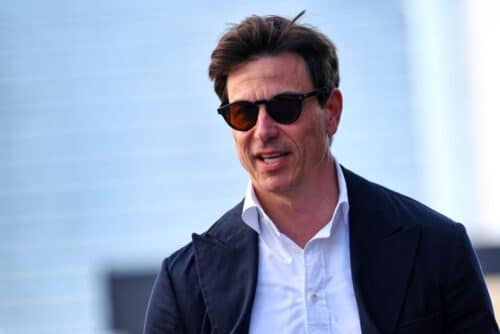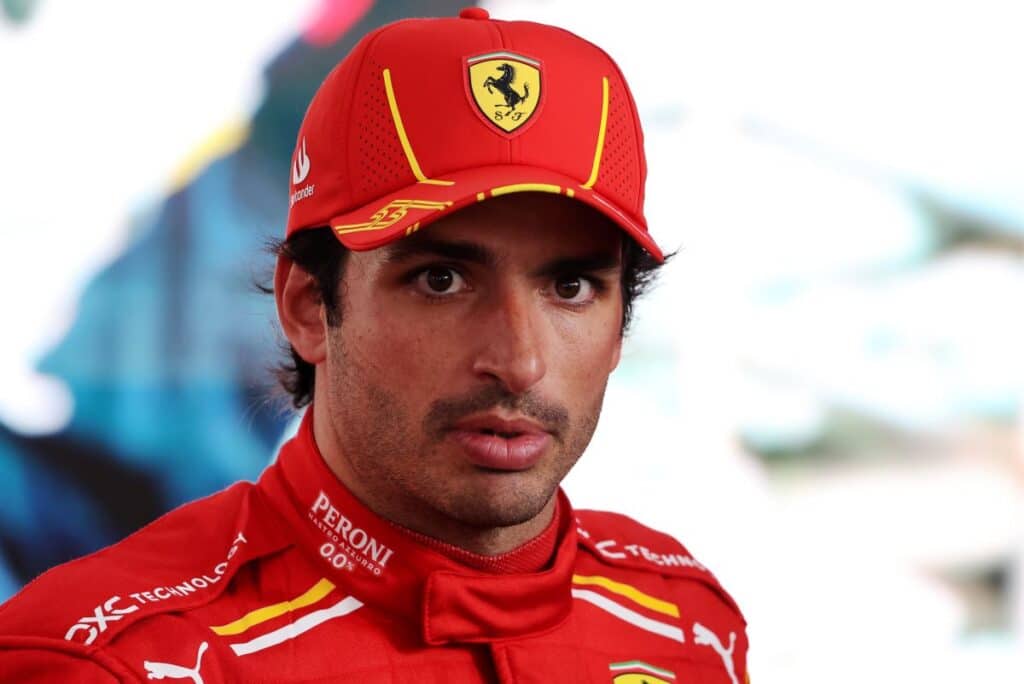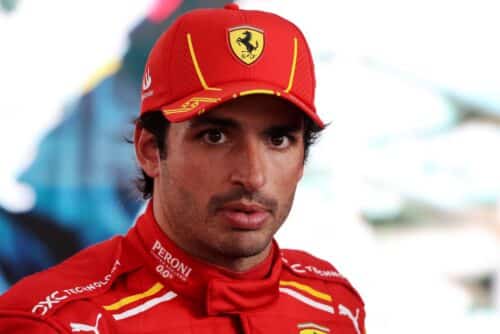F1 | Tech Talk, Ferrari analyzes the latest Turkish GP
Iñaki Rueda, Head of Race Strategy, talked about the last race in Istanbul

It was a rollercoaster weekend for Scuderia Ferrari in the Turkish Grand Prix, finishing with the best team result this season but also with the highest points haul in the fourteenth round of 2020.
A Friday full of positive indications on a track in unusual conditions to say the least was followed by a very difficult wet qualifying, with both drivers eliminated in Q2. On Sunday, however, Sebastian Vettel's first podium of the year and Charles Leclerc's fourth place arrived, but the harvest could also have been a tad bigger. As usual, Iñaki Rueda, Head of Race Strategy, tells us about the race in his debriefing.
“First of all, it is worth saying a few words about the conditions we found in Istanbul Park. The track had recently been resurfaced and already on Wednesday during our first walk on the track we had noticed that there was still some bitumen on the surface which made it particularly slippery. This was clearly seen in Friday's free practice, when the lap times were absolutely beyond all expectations, but the effect was also seen on Sunday when, even though it never rained during the race, there was never really any rain. the conditions to switch to dry tyres”.
How do you decide when is the right time to switch from a type of tire for wet tracks to dry ones?
“Normally 'crossover' conditions occur, based on the level of wetness of the asphalt, when the intermediate tires overheat and wear out while the dry tires struggle to reach temperature. Usually, when the lap times are about ten seconds faster than those on the dry, the moment is approaching but it is never an easy choice to make: if you switch to the dry ones too soon you risk never taking them to speed. tempering, if you do it too late the intermediates have worn out too much and you are therefore too slow. Yesterday this crossing point, in fact, was never really reached."
The departure was a fundamental moment: why?
“The rain that fell before the race limited the choice of tires to start with to the alternative between heavy and intermediate wet tyres, and we opted for the former because there was still a lot of standing water in many parts of the track. The race direction's decision not to start behind the Safety Car was important because if we had done a few laps at a reduced pace the tires would have lost further temperature, making driving even more difficult in the early stages. Our two drivers started from eleventh and twelfth position and in Istanbul the difference in grip between the clean and dirty side was very clear, even in the wet. So Sebastian made masterful use of this opportunity, getting away very well and, after avoiding some chaos that had been created in front of him, found himself in fourth place after a few corners. On the contrary, Charles had a lot of difficulties in the very early stages of the start and found himself in fourteenth place at the end of the first lap."
And how did the strategy evolve from then on?
“Usually, the Extreme Wet are used to deal with conditions where there are still puddles on the track but once the line clears up a bit the intermediates are always faster because they have a much wider operating window. Those who have a clear track ahead find their pace more easily and can afford to wait and see what the others are doing, while those who find themselves behind slower cars, in conditions of poor visibility, may think of taking a risk in case they can , after the stop, find yourself with a clear track in front of you. This is why Charles was the first to stop to switch to intermediates at the end of lap 6 while with Sebastian we waited two more laps, once we had seen that his teammate's pace was very good and that we could create a free track window for him to make a pit stop without putting him in traffic. With this double move, Charles managed to undercut three riders and have such a pace as to put himself immediately behind a group made up of Ricciardo, Sainz and Verstappen after about fifteen laps."
And then how did you plan to handle Charles' situation?
“At that moment we still thought that sooner or later there would be the conditions to switch to the Softs but in the meantime a window had opened to have Charles stop again for a new set of intermediates: it's true that we would have lost about twenty seconds but with the pace he would have had he would have recovered them in about six laps and if in this period of time the conditions for the crossover had not arisen we would have found ourselves practically in the same situation as before but with one less stop to make. We also assessed the situation by talking to the riders and decided that it was worth a try. Again, we were the first to make a move (lap 30) which was then imitated by many, a choice that paid off. Sainz and Ricciardo tried to cover our driver but Charles was so fast that two laps were enough for him to complete the undercut."
Meanwhile Sebastian had to deal with the pressure exerted by Hamilton.
“Yes, the Mercedes driver was always a threat, even if there was a phase in which Sebastian seemed to be able to take off but then his intermediates started to get a little too worn. Furthermore, Charles' stop had triggered a chain reaction that had opened a window of free track for Seb too and so we made him stop for a second stop on lap 33 to put a new set of intermediates on him. At that point we still thought it would be possible to switch to dry tires but Hamilton, with a clear track, seemed to be going faster and faster and therefore the possibility of finishing the race on intermediates was starting to become real. Charles was also very fast, so much so that he easily overtook first Albon and Stroll, then Sebastian himself and Verstappen and started chasing Perez who (lap 40) had about twenty seconds ahead. Furthermore, the weather forecast showed an increasing probability of rain, which could have made the final laps very interesting, especially for those who had chosen to stay on a set of intermediate tires fitted in the first laps..."
This brings us to the final stages of this exciting Grand Prix.
“Charles continued to push with determination and, despite some mistakes, on lap 50 he was seven seconds behind Perez. Sebastian also remained not far from his teammate. Then, on the last lap, Perez made a mistake at turn 9 and Charles managed to overtake him in acceleration but did not have time to get back onto the drier line before the violent braking at turn 12, going long and thus allowing Perez to regain second position. Seb also took advantage of this to move into third place, in fact he narrowly failed to climb onto the second step of the podium: only 327 thousandths separated him from Racing Point under the checkered flag."
if you want to always be updated on our news
Follow us here

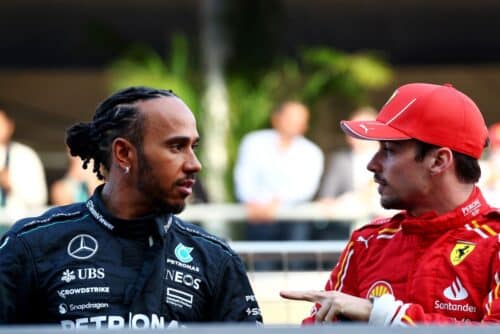
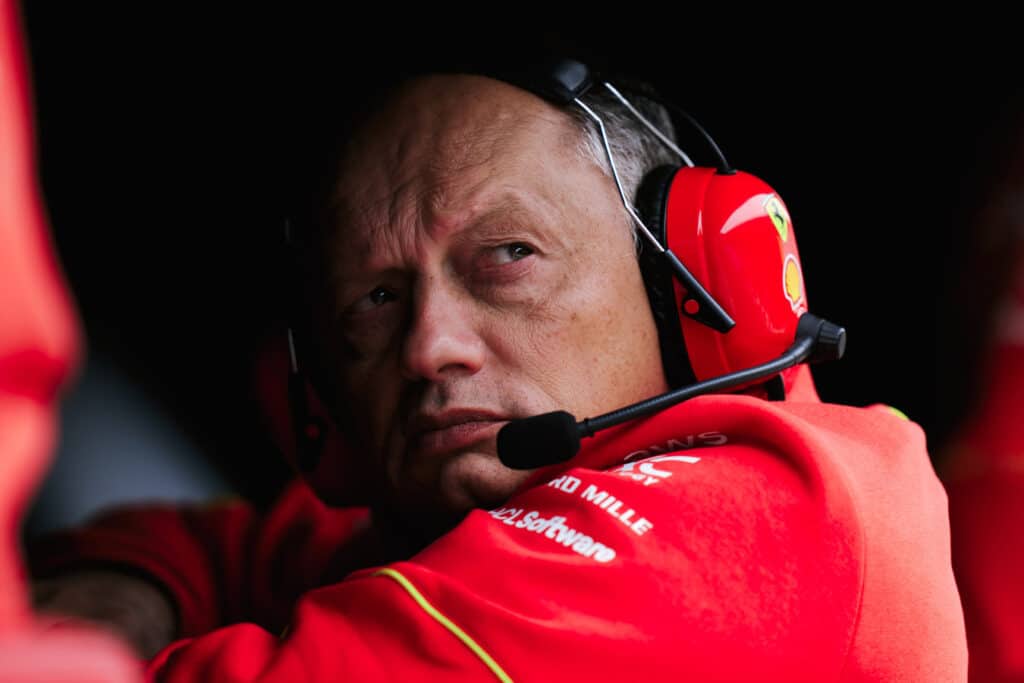
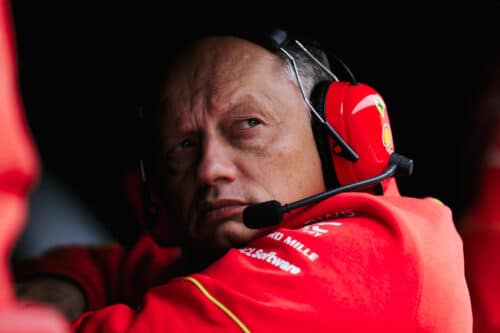

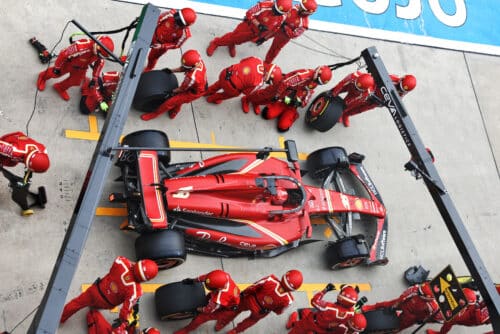
![F1 | Ferrari reveals the first details of the blue livery for Miami [PHOTO]](https://f1grandprix.motorionline.com/wp-content/uploads/2024/04/gp-miami-ferrari.jpeg)
![F1 | Ferrari reveals the first details of the blue livery for Miami [PHOTO]](https://f1grandprix.motorionline.com/wp-content/uploads/2024/04/gp-miami-ferrari-500x461.jpeg)
